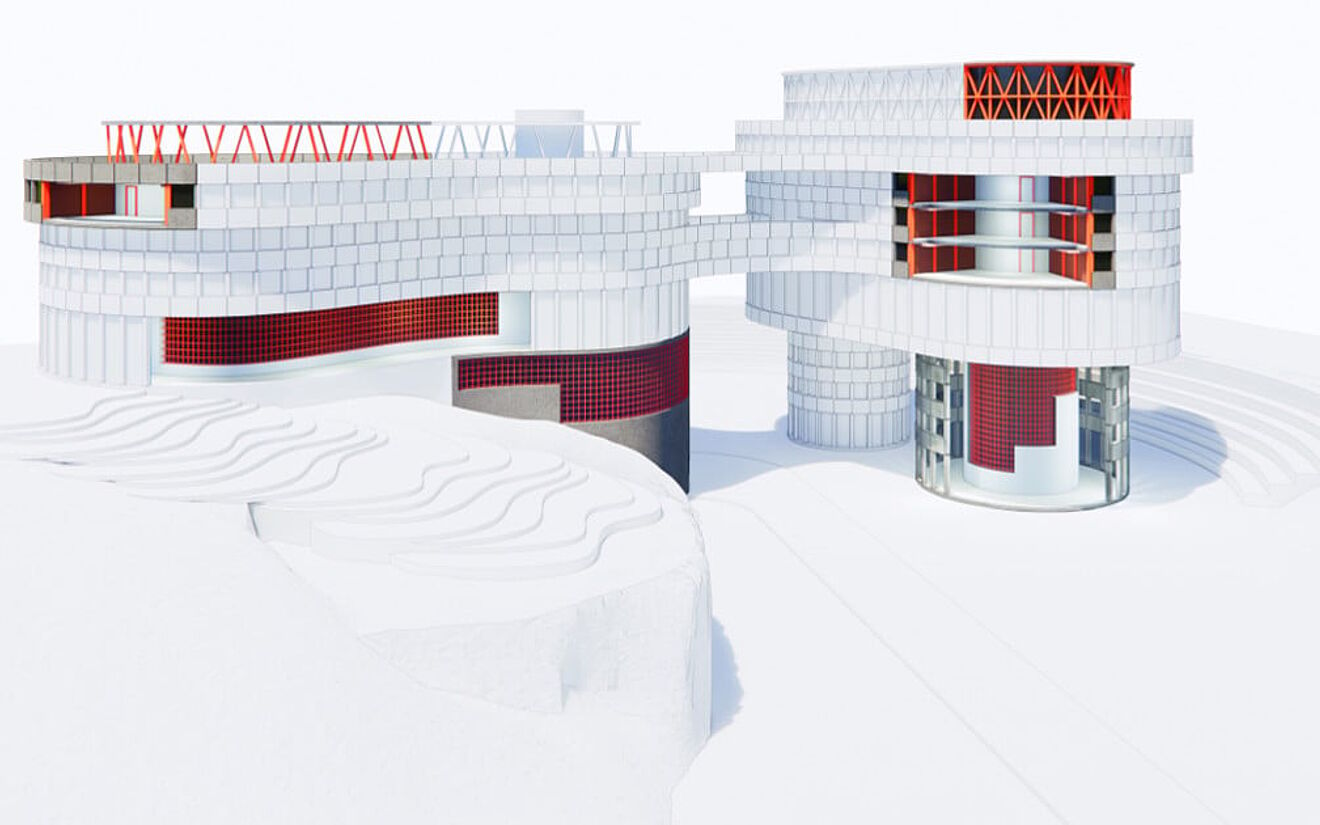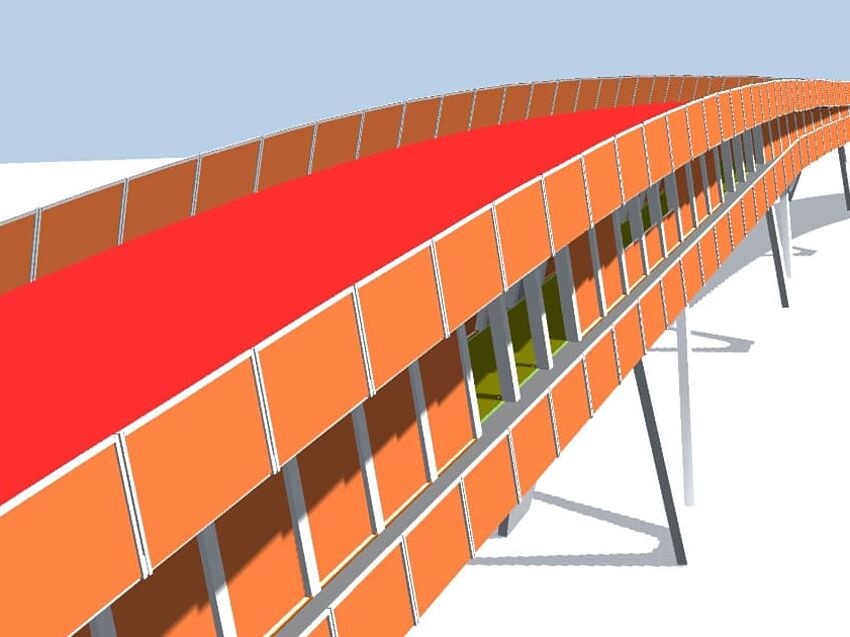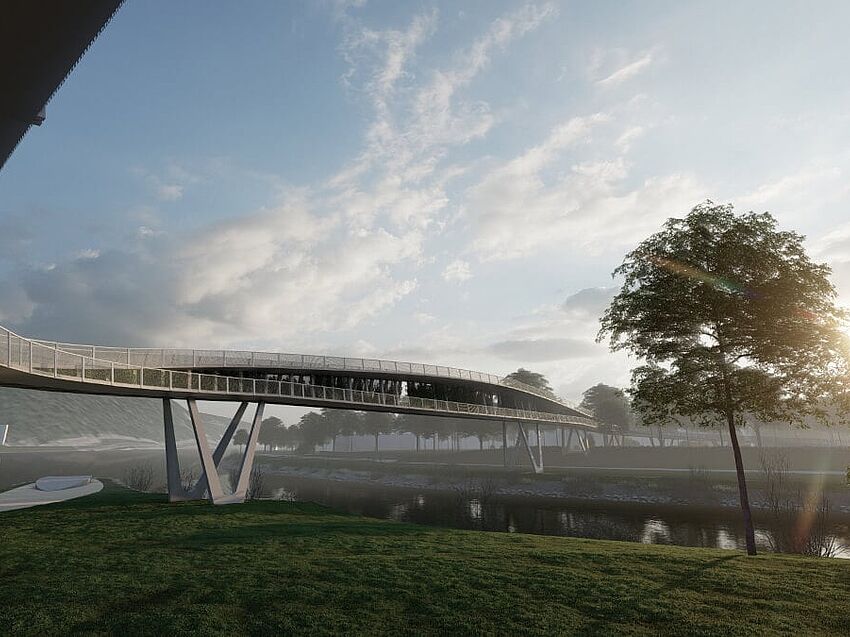ALLPLAN 2025-1: Smarter Workflows and Stronger Collaboration
The use of highly sophisticated building models – as a result of BIM – has transformed how we design the built environment. However, although the digital models used by architects and engineers during design enable impressive visualization and documentation of the designer’s intent, the data and considerations required to construct it are often considered separately. We typically use the design model to communicate the final state of the project – not how it is constructed, even though such considerations result in a more accurate estimate on both project time and cost. Of course, different flavors of BIM tools exist that do consider such topics during manufacturing and construction, but how often do we truly consider the impact of the construction process as part of making the right initial design decisions?
In contrast, the contractor needs to take into consideration all the elements that are not necessarily modeled, such as formwork, scaffolding, or other temporary or enabling works. “All of these elements have a cost implication, as well as an impact on the construction sequencing and scheduling. Aspects such as the site layout, materials storage, health and safety requirements, and access are all determined by the contractor after the design stage is complete. Yet often these elements are critical to the success of the project, and not considering them early creates the ‘buildability gap’ between design and construction,” explains Kevin Lea, SVP of Product Management at ALLPLAN.
Thus, there are two sides to buildability – first, how an architect or engineer can design better by understanding these aspects, and secondly, how a contractor can use BIM to help with their construction planning process. In order to achieve both of these goals, a practical approach is needed together with appropriate tools that can help consider the buildability aspects of a project an early design stage and involves all project participants in the process.
Successful Delivery Requires More than Models
With the increasing adoption of BIM in the AEC industry, the central building model has become the focus of the entire process. However, in the context of buildability, a digital twin on its own is not the complete picture of the construction development – it is the end goal. Instead, decisions which affect the construction and how the structure is built need to be made earlier in the project in order to get the best outcomes.
“This is illustrated with these two simple examples: a concrete base will have a sand screed underneath it and will require formwork – all of which will influence time and cost. Or, a masonry wall will need additional platforms at specific heights during the construction, again affecting both time and cost. These elements are often excluded from design models and therefore the quantity take off,” says Kevin Lea. “The consequences range from manual intervention – which can lead to a loss of time on the construction site – to wasted materials. This, in turn, drives up construction costs during the implementation phase,” he continues.
Buildability is a Holistic Process
With a holistic approach, construction methods can be compared, the requirements of the contractor considered earlier, and the additional elements that are required but are not necessarily modeled can be quantified. This way, the consideration of construction needs or requirements is incorporated at an earlier stage, and throughout the entire design process, across all disciplines, right up to the actual construction phase.
The immediate benefit of considering buildability earlier is a more efficient build. However, there are other advantages to this approach, which can also affect the successful outcome of the project – such as improved site planning and layout design, the convenient placement of cranes and equipment, and well-planned road access, to name a few. Coupled with the rapid growth of industrialized construction and the increasing use of prefabricated components, considering buildability aspects earlier is becoming even more critical for successful delivery.
Supporting Buildability with Digital Tools
To be able to consider buildability earlier, architects, engineers, precast and steel manufacturers, and general contractors need digital tools and platforms that can be used to map the entire “Design to Build” process end-to-end, beyond the pure 3D model. “Unfortunately, “buildability” isn’t a button you can press in your design software – it’s an ethos for your project,” explains Kevin Lea. However, there are tools that can make this easier, bringing together all parties and sharing expertise to optimize the construction methods, reduce costs, and save time.
“ALLPLAN’s goal is to support our users with the right tools to help them make more data-driven decisions earlier in the design process,” continues Kevin Lea. The model data structure of ALLPLAN lends itself to more efficient information sharing and helps ensure different options can be compared easily on the fly. Non-modeled elements can be considered in the quantity take off for more accurate estimates. Our expertise in both precast concrete and steelwork has been strengthened considerably with the addition of both PRECAST and SDS2 within ALLPLAN, providing a complete solution portfolio. Bimplus, the cloud-based collaboration platform, ensures that coordination, communication, and information sharing between project stakeholders is seamless and efficient. “These features mean that ALLPLAN is uniquely placed to address the topic of buildability across all disciplines,” states Kevin Lea.
Conclusion
Considering buildability improves the sustainability and efficiency of construction. Yet to achieve this, it is necessary to shift the focus to a holistic, data-driven approach that takes “how we construct” into account earlier. The practical implementation of this approach can be made easier with appropriate cloud-based software tools and platforms that involve all project stakeholders as early as possible in the design, planning, and construction process.
Learn more about ALLPLAN 2022 and buildability at its best on www.allplan.com/buildability and how it can help to significantly increase design quality, reduce costs, and ensure schedule compliance, as well as improve the sustainability of construction projects.




